Figuratively speaking, IT Asset Management in Jira, or ITAM, is an organized way for an organization to keep an eye on all their IT assets, from getting them in the first place to using them, taking care of them, improving them, and eventually saying goodbye when it’s time. Basically, it’s about making sure an organization does a great job handling and keeping tabs on their valuable IT assets, whether they’re real, physical objects, or more abstract ones.
Table of Contents
A Closer Look Into ITAM
So, what exactly is an IT asset? Simply put, assets in ITAM cover a wide range of items, including hardware like servers and computers, software applications, network equipment, cloud-based devices, and, interestingly, even non-IT items like projectors and canners. This also involves keeping thorough records of what hardware and software you have on hand, making it simpler to make smart choices when it comes to acquiring new assets.
Every Jira asset has a limited lifespan, like a product with a certain shelf life. To maximize the return on investment, organizations are proactive in taking care of these assets from the moment they’re planned for acquisition to the time they retire. While the exact stages might differ from one organization to another, they typically involve planning, getting the assets, putting them to use, taking care of them, and finally retiring them when they’re no longer useful. Good IT asset management in Jira means following these steps consistently to understand how much they really cost and how best to use them.
Traditionally, IT departments mainly focused on managing assets within their specific areas of responsibility. However, the landscape has shifted significantly with the rise of subscription-based software like AssetIT, a solution for asset management in Jira. In the meantime, there is also a growing demand from employees for personalized tools of IT asset management in Jira through the Atlassian marketplace. This evolution has introduced fresh complexities and demands to the realm of asset management in Jira. In response, contemporary IT teams must display adaptability and tailor their Jira asset management procedures to harmonize with the ever-changing requirements of the business.
With various teams within organizations now opting for tools customized to meet their specific needs, asset management within Jira takes on a pivotal role within the overarching organizational strategy. It furnishes real-time information that serves to mitigate risks and curtail costs, effectively establishing a singular, reliable source of truth for optimizing budgets, managing the lifecycle of assets, and making informed decisions that resonate throughout the entire organization.
Furthermore, as teams outside of the IT realm embrace service management principles, the significance of asset management in Jira extends its reach to encompass diverse departments. It’s not uncommon for organizations to employ Jira asset management software to oversee a wide array of assets, spanning from vehicle fleets and insurance policies to musical instruments and more. This underscores the versatility and importance of asset management for Jira across various domains within the organization.
Why Is IT Asset Management in Jira Important?
- Providing a Single Source of Truth: IT asset management eliminates the chaos and inaccuracy that often result from assets being tracked in multiple locations by different individuals. Therefore, it offers a centralized, accurate source of information, facilitating informed decision-making for IT teams, management, and the entire organization.
- Improving Utilization and Reducing Waste: Asset management helps organizations maintain updated information, leading to improved asset utilization and cost savings by avoiding unnecessary purchases and reducing licensing and support expenses. It also enhances compliance with security and legal policies while mitigating risks.
- Enabling Productivity Without Compromising Reliability: In an era of digital transformation, asset management extends beyond tracking conventional hardware and peripherals. Modern asset management processes and tools are crucial for DevOps and SRE (Site Reliability Engineering) principles. This enables organizations to deliver new services efficiently while maintaining reliability. Effective asset management can help manage the consumption of on-demand services, thereby reducing excess consumption and unnecessary costs.
- Supporting IT Service Management (ITSM) Practices: IT asset management plays a critical role in supporting ITIL (IT Infrastructure Library) processes like change, incident, and problem management. By providing the right insights, asset management enables teams to operate with agility and anticipate the impact of changes. Therefore, organizations can ultimately deliver value more swiftly.
- Enabling Collaboration Across Organizations: Asset management fosters a culture of collaboration and transparency, ensuring that the right individuals have access to the information they need when they need it. As a consequence, this promotes a more efficient and productive working environment.
Learn more about the utmost importance of ITAM in Jira at Why is IT Asset management so important?
The IT Asset Management in Jira’s Process:
IT asset management in Jira is not a one-and-done endeavor; it’s a continuous, evolving process. Teams engage in this process routinely, adapting as assets, objectives, and tools change over time. The fundamental steps in the Atlassian asset management process encompass the following:
- Inventory Assets: Generate a thorough catalog of all IT assets, encompassing vital details such as their whereabouts, acquisition date, and associated expenses.
- Calculate Lifecycle Costs: Figure out how much it really costs to own each asset by taking into consideration all the expenses that might come up over its lifetime. This includes things like maintenance, upfront investments, and the costs associated with getting rid of it when the time comes.
- Tracking: Keep a constant eye on your IT assets as they go through their journey. This means staying on top of important dates like contracts, licenses, and warranty expirations.
- Maintenance: Manage asset repair, upgrades, and replacements, tracking all maintenance activities in an ITAM tool. This ensures an assessment of overall asset performance.
- Financial Planning: Leverage the precise asset inventory, lifecycle stage, and cost data to chart your path forward. This includes setting aside budgets for maintaining or improving the service levels of critical assets. Eventually, they continue to meet your organization’s needs effectively.
Learn more about the ITAM process at 5 Key Stages of The Atlassian Asset Management Process
How to Choose Software for Asset Management in Jira:
Selecting the right asset management software is crucial for effective asset management in Jira. Consider these factors when evaluating different options:
Identify the Need
First and foremost, determine why you need to enhance your asset management approach. This could be for reasons such as cost savings, efficient tracking, or compliance. For instance, AssetIT from DevSamurai, a Platinum Atlassian Marketplace Partner, may provide a cost-effective solution for asset management in Jira. Learn more at asset management for Jira pricing page of AssetIT.
Evaluate Current Tools
If you’re relying on spreadsheets or manual methods, it may be time to explore specialized asset management software.
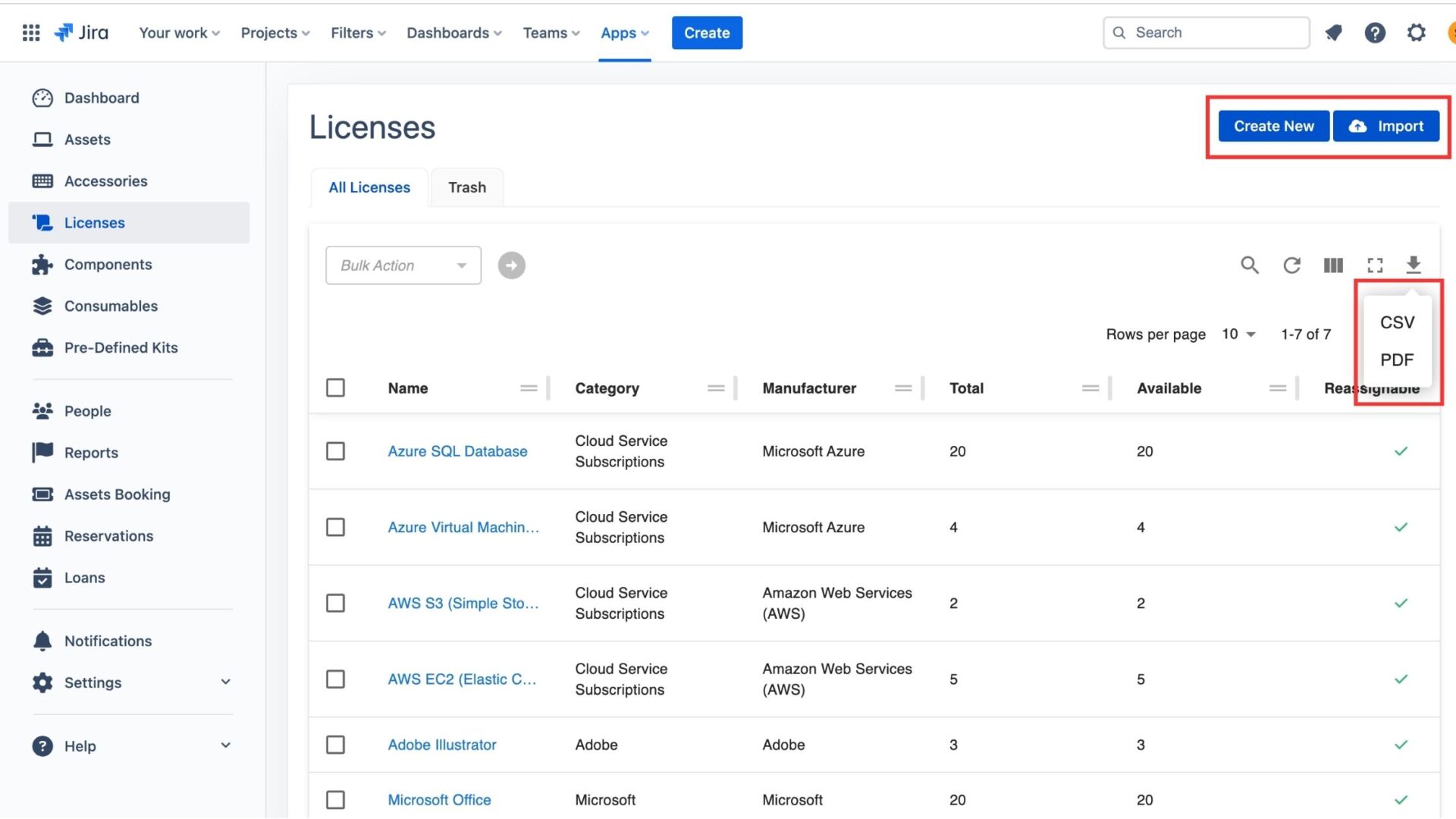
Keep Pace with Changes
If your organization experiences frequent asset changes and acquisitions, consider a software solution with a robust notification system. It can streamline Jira asset tracking and management.
Combat “Shadow IT”
Next, software that encourages collaboration and keeps IT informed about asset purchases can help avoid risks and unnecessary costs.
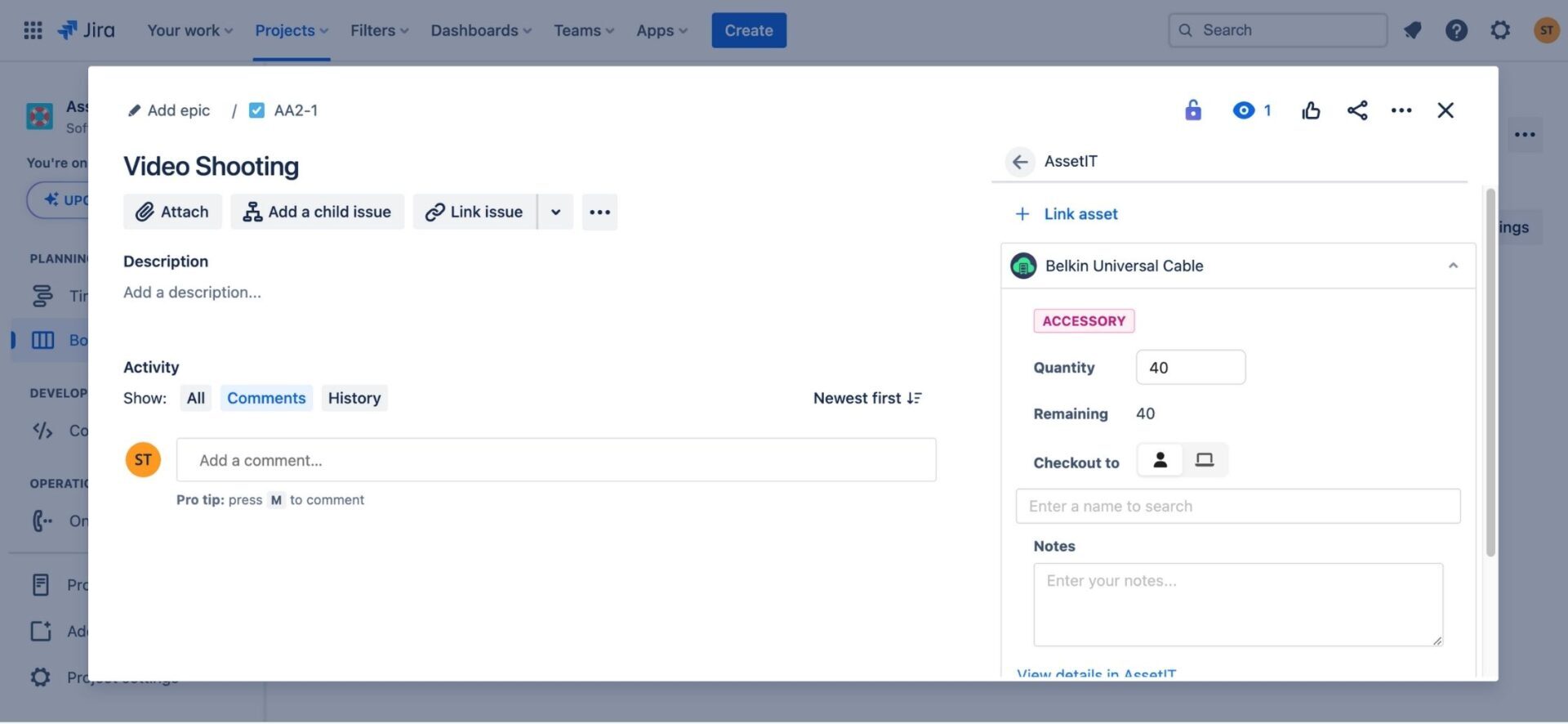
Mapping Dependencies
Assess whether you need to track complex dependencies across your enterprise or focus on simpler asset inventories.
Choose the Right Solution for Asset Management in Jira
Finally, whether opting for a lightweight integration or a comprehensive enterprise-level system, prioritize a solution that aligns with your needs. Choose wisely based on your use case.
Conclusion
In summary, IT Asset Management (ITAM) is crucial. It ensures efficient management and tracking of an organization’s valuable assets. Moreover, it provides a single source of truth, improves utilization, supports productivity, and enables collaboration across the organization. Implementing ITAM involves a structured process that includes asset inventory, cost calculation, tracking, maintenance, and financial planning. Starting with an assessment of current processes and choosing the right software are essential steps. Fostering a culture of collaboration is also key to effective IT asset management in Jira.
If you have any questions, please feel free to contact us at Support Desk for a prompt response.


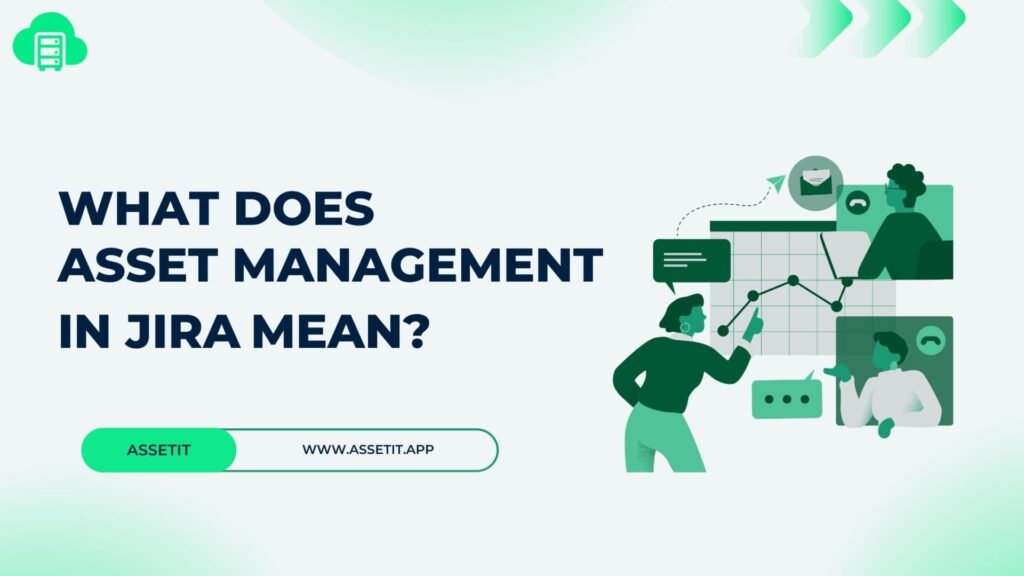
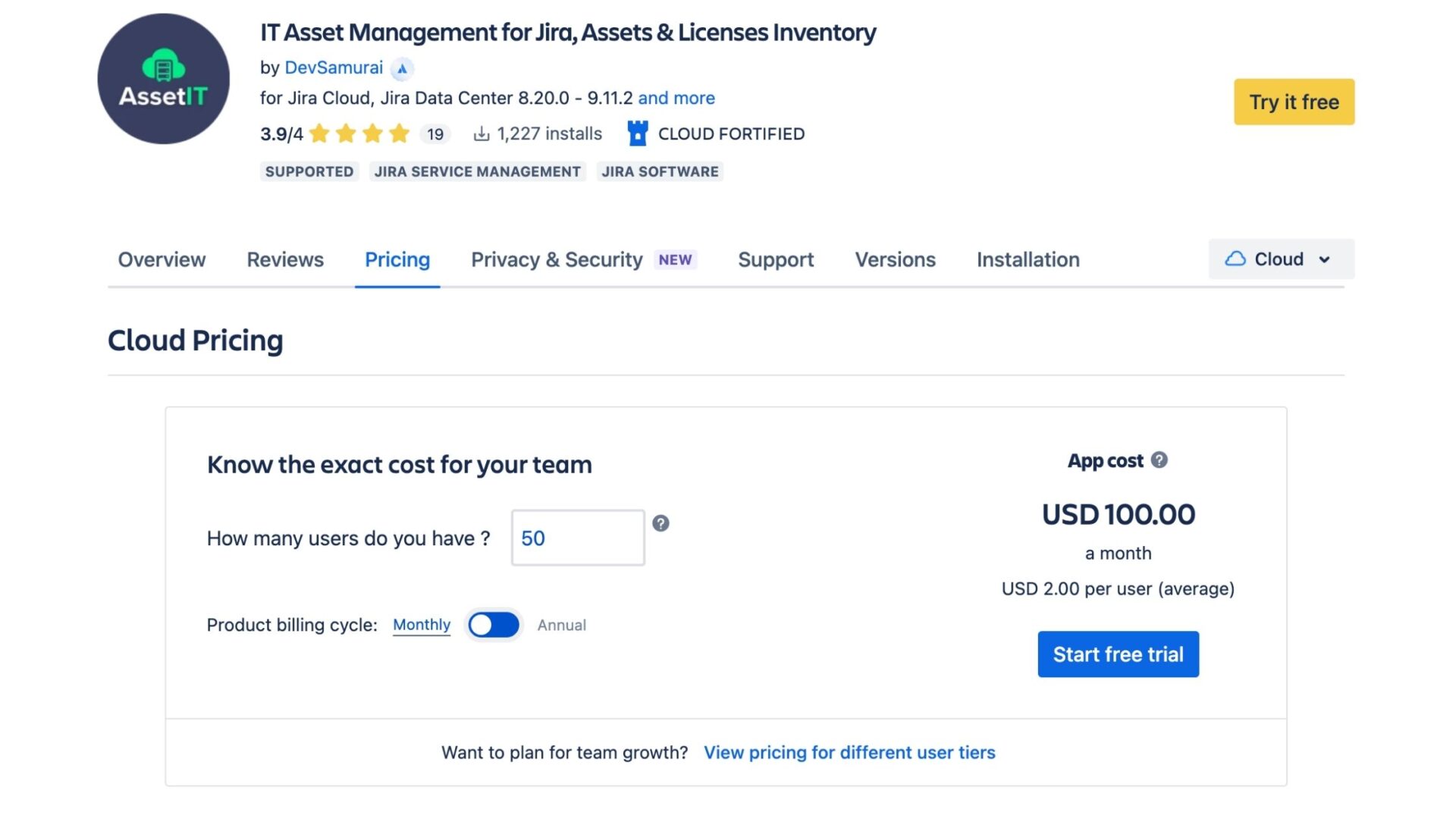
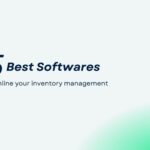
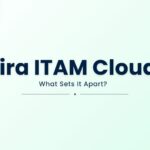
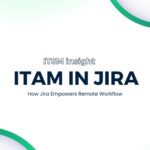
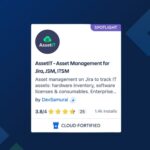
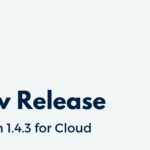
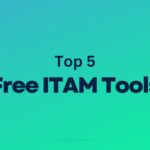




Recent Comments